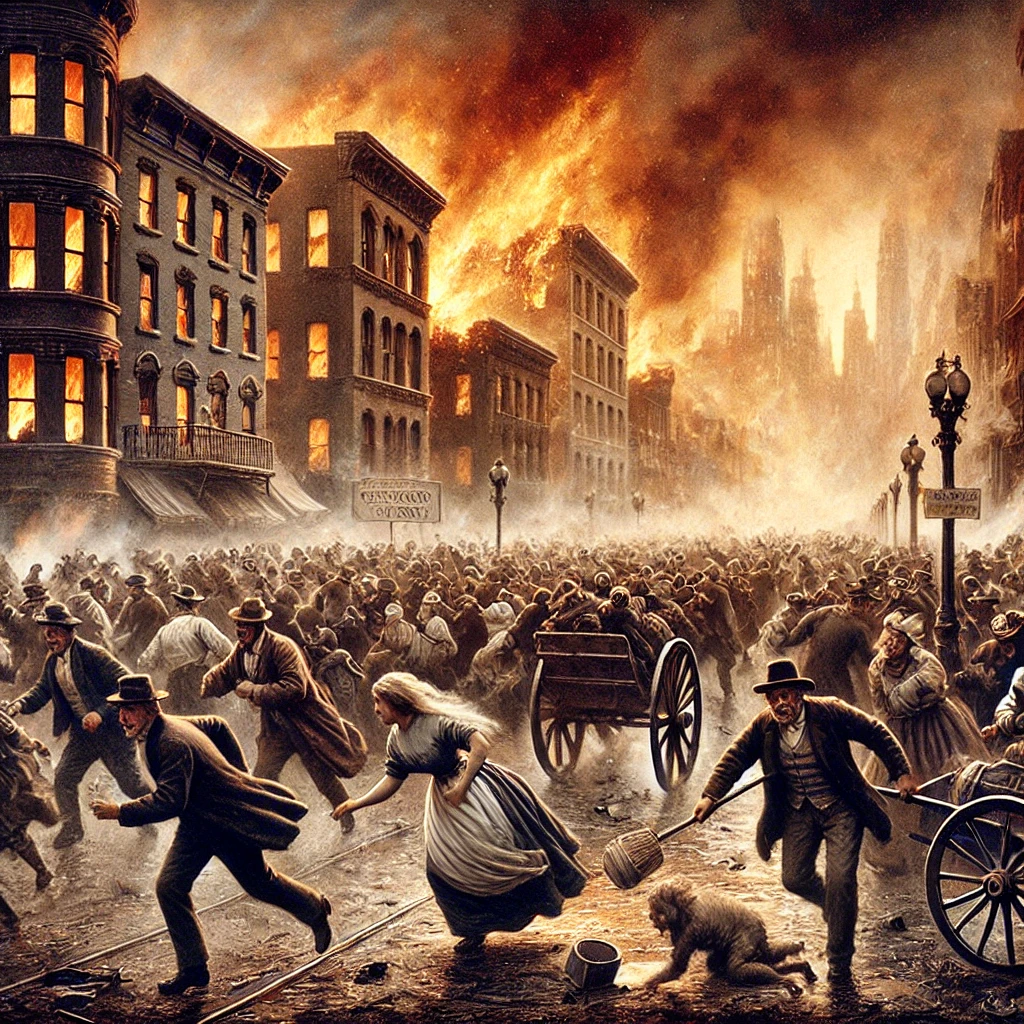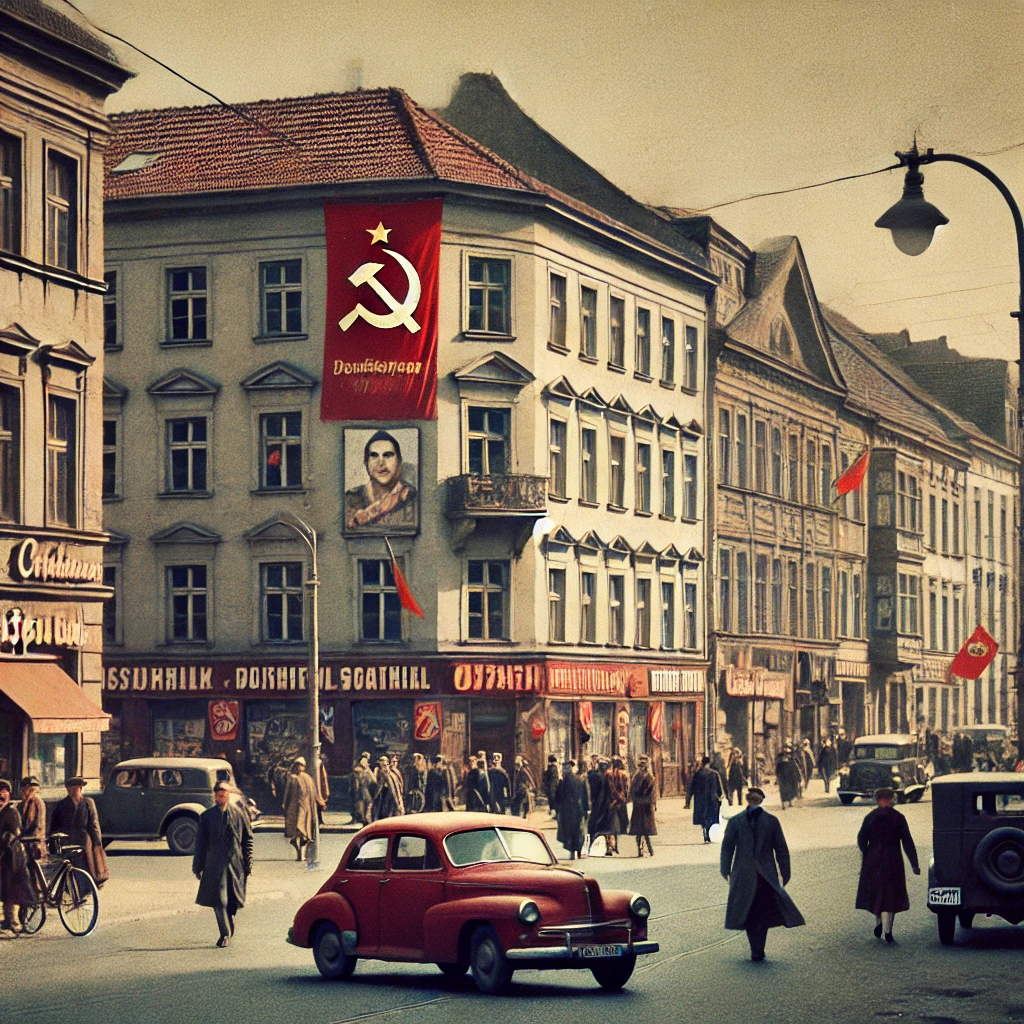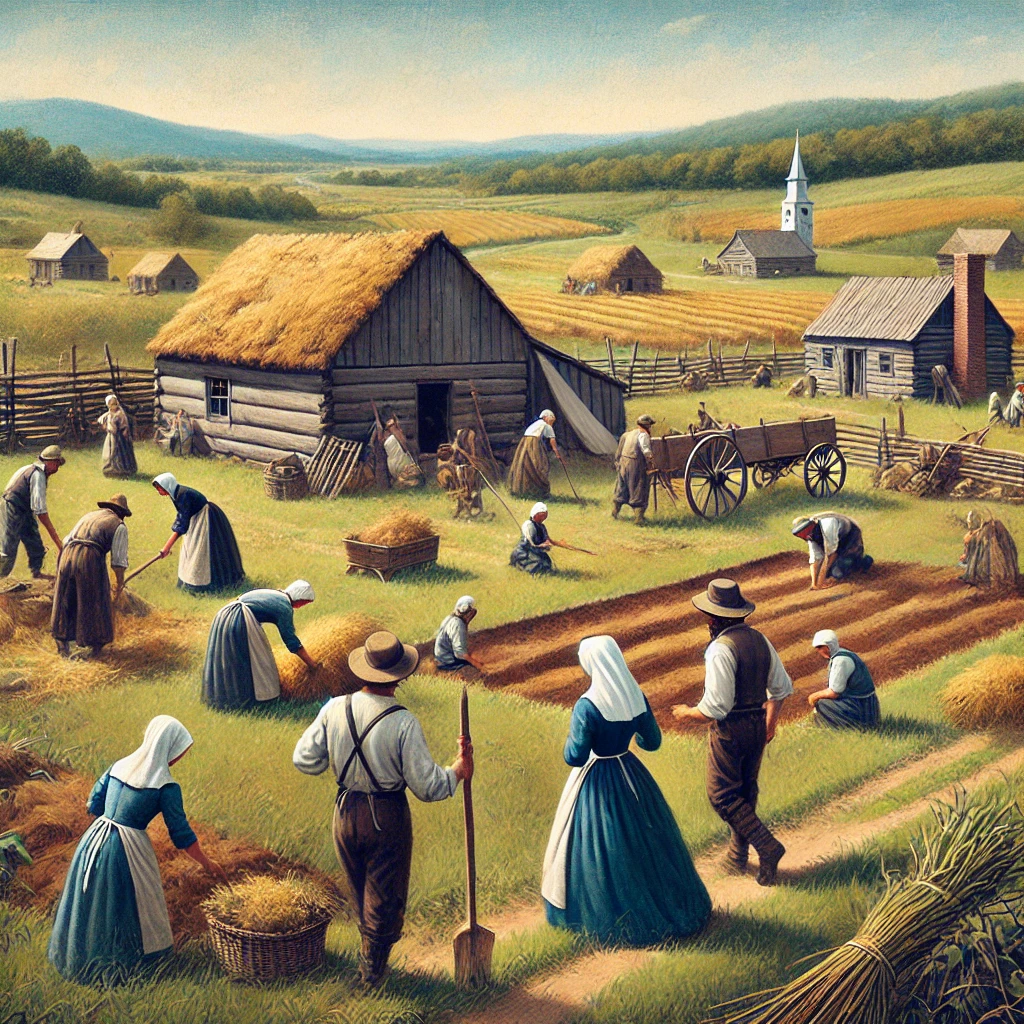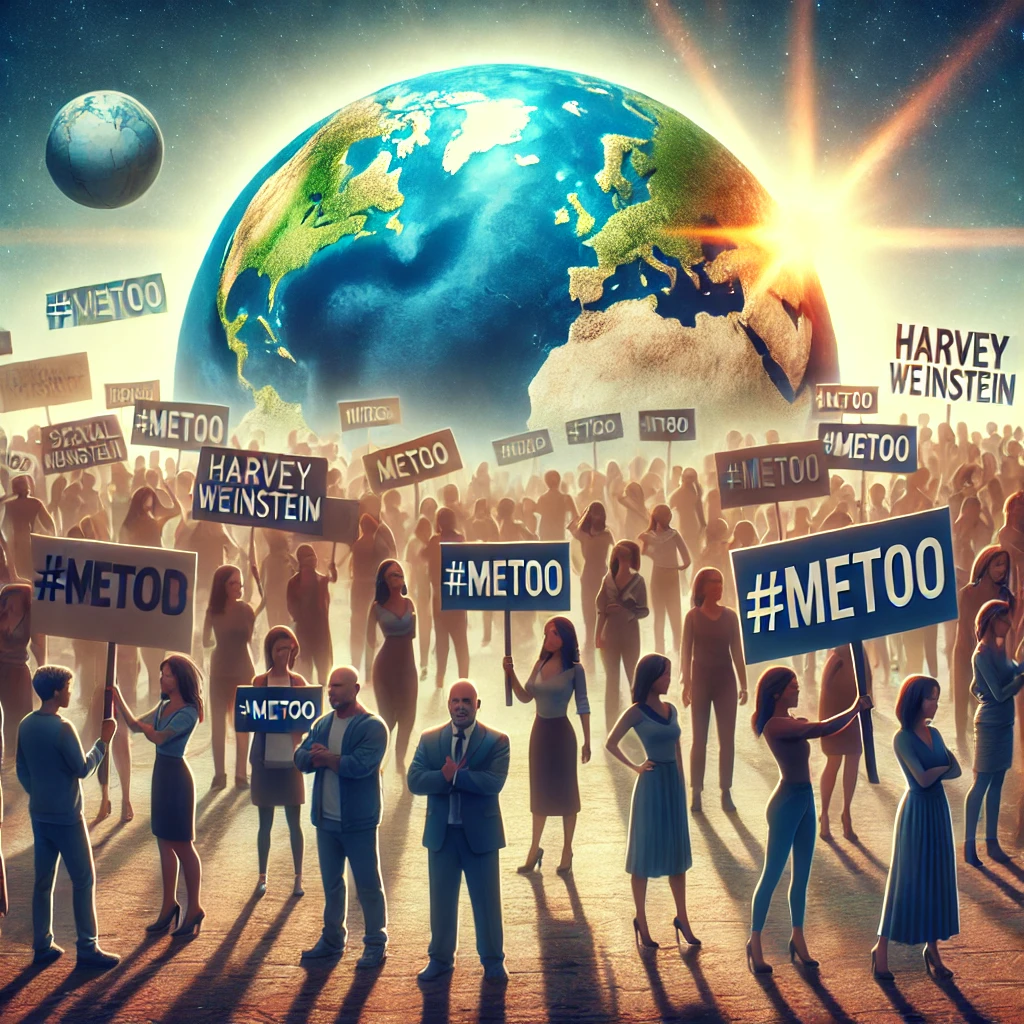Martha Stewart’s Journey to Federal Prison: A Fall from Grace

On October 8, 2004, Martha Stewart, the renowned American domestic lifestyle innovator, reported to a federal prison in West Virginia to begin her five-month sentence for charges related to insider trading. Once celebrated as a queen of home and garden, Stewart’s fall from grace was a highly publicized scandal that captivated the nation and sparked […]
The Great Chicago Fire: A Catastrophe That Reshaped a City

On October 8, 1871, the Great Chicago Fire ignited in the barn of Patrick and Catherine O’Leary, leading to one of the most devastating urban disasters in American history. Over the course of two days, the blaze consumed large swaths of the city, ultimately killing approximately 300 people and leaving over 100,000 residents homeless. The […]
A New Era in California Politics: Arnold Schwarzenegger Becomes Governor

On October 7, 2003, Arnold Schwarzenegger, the world-renowned bodybuilder, actor, and cultural icon, was inaugurated as the 38th Governor of California. His election was the culmination of a remarkable political journey that captured the attention of the nation and marked a significant shift in California’s political landscape. Schwarzenegger’s victory in the gubernatorial recall election not […]
The Beginning of a New Era: U.S.-Led Attack on Afghanistan

On October 7, 2001, the United States launched a military operation in Afghanistan, marking the beginning of a conflict that would have profound implications for the region and the world. This action was primarily a response to the September 11 terrorist attacks, orchestrated by the al-Qaeda terrorist group led by Osama bin Laden, who was […]
The Birth of East Germany: Proclamation of the German Democratic Republic

On October 7, 1949, the German Democratic Republic (GDR), commonly known as East Germany, was officially proclaimed as a sovereign state. This momentous event came in the wake of World War II, during which Germany was divided into occupation zones controlled by the Allied powers. The establishment of East Germany marked a significant shift in […]
The Assassination of Anwar Sadat: A Turning Point in Egyptian History

On October 6, 1981, Anwar Sadat, the President of Egypt, was assassinated during a military parade in Cairo, marking a pivotal moment in the country’s history. Sadat, who had taken bold steps to modernize Egypt and pursue peace with Israel, faced significant opposition both domestically and internationally. His assassination not only shocked the nation but […]
The First Train Robbery: The Infamous Reno Brothers Strike

On October 6, 1866, the Reno brothers made history by executing the first recorded train robbery in the United States, forever changing the landscape of crime in the American West. This audacious heist not only marked a significant moment in the annals of criminal history but also set a precedent for the rise of train […]
A New Beginning: The Arrival of the First Mennonites in America

On October 6, 1683, a group of Mennonites, seeking religious freedom and a place to practice their faith without persecution, arrived in America. This significant event marked the beginning of a new chapter for the Mennonite community, which had fled Europe due to religious conflicts and societal pressures. Their arrival not only contributed to the […]
Unveiling the Truth: The New York Times Investigation into Harvey Weinstein

On October 5, 2017, The New York Times published a groundbreaking investigation detailing numerous allegations of sexual harassment and assault against Hollywood mogul Harvey Weinstein. This bombshell report exposed decades of misconduct and marked a significant turning point in the conversation surrounding sexual harassment, abuse, and the #MeToo movement. The revelations not only led to […]
The Legacy of Innovation: The Death of Steve Jobs

On October 5, 2011, the world mourned the passing of Steve Jobs, the co-founder of Apple Inc. and a visionary leader whose innovations revolutionized technology and transformed the way we communicate, create, and consume media. Jobs, who succumbed to complications from pancreatic cancer at the age of 56, left behind a legacy marked by creativity, […]
